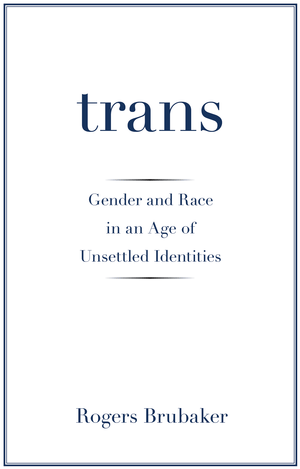Unsettling intersectional identities: historicizing embodied boundaries and border crossingsPosted in Articles, Identity Development/Psychology, Media Archive, Passing on 2017-07-13 01:34Z by Steven |
Unsettling intersectional identities: historicizing embodied boundaries and border crossings
Ethnic and Racial Studies
Volume 40, Issue 8 (2017)
pages 1312-1319
DOI: 10.1080/01419870.2017.1303171
Ann Phoenix, Professor of Psychosocial Studies
University College London, United Kingdom
At a time when the pace of global change has led to unprecedented shifts in, and unsettling of, identities, Brubaker brings “trans/gender” and “trans/racial” creatively into conversation to theorize the historical location of identity claims and to examine the question of whether identities are optional, self-consciously chosen and subject to political claims rather than biologically pre-given. His main argument is that the distinction between sex and gender allows us to construct gender identity as personal, individual and separate from the (biologically) sexed body. In contrast, other people always have a stake in allowing or challenging identity claims to racial identity. Brubaker’s argument is persuasive. However, he treats both race and sex/gender as solipsistic and neglects the wider social context that has produced the conditions of possibility for the entrenched differences he records. An intersectional approach would have deepened his discussion of the place of categories in “trans” arguments.
Read or purchase the article here.

